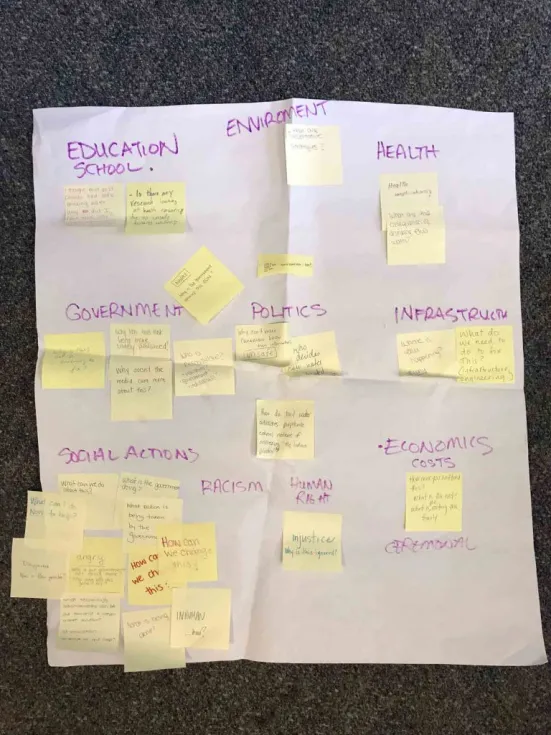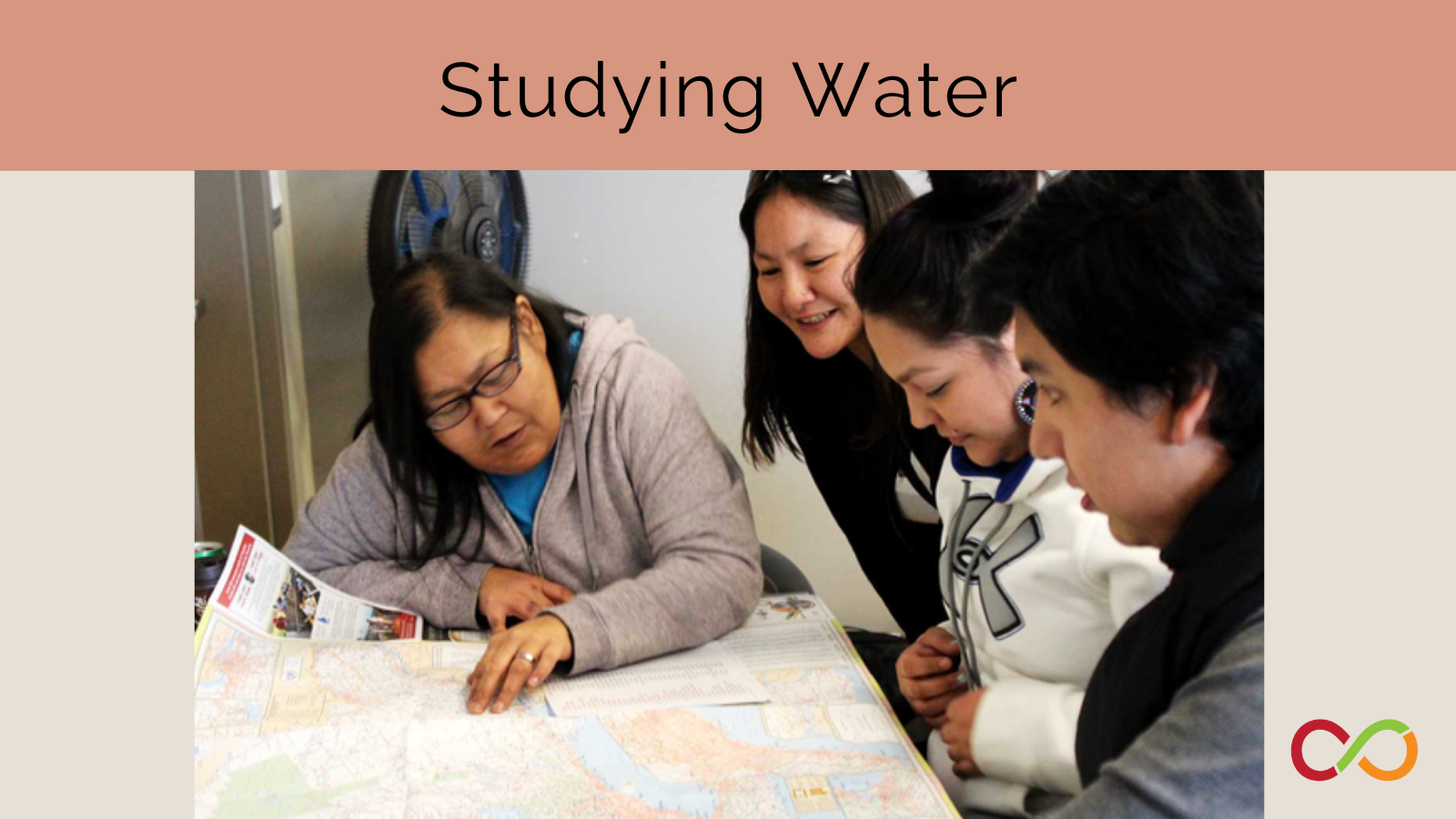Studying Water - Integrating Inquiry-Based Math, Science, Mapping and Social Justice - Part 3: Introduction to Drinking Water Advisories
- Junior/Intermediate (Age 9 to 12)
Curriculum Goal
This inquiry-based, water-focused lesson integrates mathematics, environmental science, geography, Indigenous rights, language arts and social justice issues. It was designed to model how inquiry might look in the junior and intermediate grades. It is also an example of how to use mathematics to explore issues of social justice. This lesson has sparked inquiry with groups of teachers during PD as well as with junior and intermediate students in a variety of classrooms. Dr. Bev Caswell developed the lesson in response to the realization that a disproportionate number of First Nation communities experience boil water advisories when compared to the rest of Canada. It appears in the second edition of Natural Curiosity.
"Can you imagine parents, teachers, or the general public in major cities in Canada putting up with this in their schools for weeks let alone years on end?" Caswell says. "Why is there no public outrage on this pressing issue?"
- Sticky notes and pen
- Chart paper and markers

Participants share ideas and sort through them using sticky notes
Lesson
- Introduce the following statement: “Nearly half of the 133 First Nations in Ontario currently have boil water advisories, and it has been more than ten years since ten First Nations in Northwestern Ontario had clean drinking water (Porter, 2014)
* This number will hopefully change as the Canadian government fulfills its commitment of no boiled water advisories by 2020. - Invite students to think about the statement above and to use the sticky notes provided to write one word that comes to mind. Ask students to read their words. These can be collected for later use in a language arts activity (e.g., performance piece or poetry to raise awareness of issues).
- Now ask students to use the stickies to write any questions, thoughts that come to mind, or emotions that arise as they think about this fact. Give time for students to write questions – remind them to use a separate sticky note for each question or response
- Distribute chart paper and markers and invite table groups to sort the sticky notes into categories.
- Each table will share the way they categorized their questions (possible categories: sources of water pollution; legislation; engineering systems to clean water, etc.)
- Discuss ways in which we might go about answering our questions.
- Students can choose a specific area of interest to study. Discuss ways we might go about answering our questions.
Math refreshers for teachers
What is volume?
It is a word that can have several meanings, such as a number in a series of books; but in terms of measurement, we are looking at how much space an object or liquid occupies. For example, if I have a tank, how much space does it take up?
How to find the volume of prisms:
To find the volume of prism, you have to find the product of the area of the base and the height. For example, if you have a tank with the following dimensions: 50cm (L) x 40cm (W) x 30cm (H), the area of the base is 50cm x 40cm = 2000cm2 . Then you would multiple the base area by the height: 2000cm2 x 30cm = 60 000cm3 . Since 1cm3 = 1mL, 60 000cm3 = 60 000mL. And since 1000mL = 1L, 60 000mL = 60L.
Units of volume:
Volume is measured using L (litres), mL (millilitres), m3 (cubic metre), and cm3 (cubic centimetre).
1cm3 = 1mL
1,000,000 cm3 = 1m3
1000 mL = 1L
1000 L = 1m3
Why is 1 000 000cm3 = 1m3 ?
1m3 = 1m x 1m x 1m
1m3 = 100cm x 100cm x 100cm
1m3 = 1 000 000 cm3
